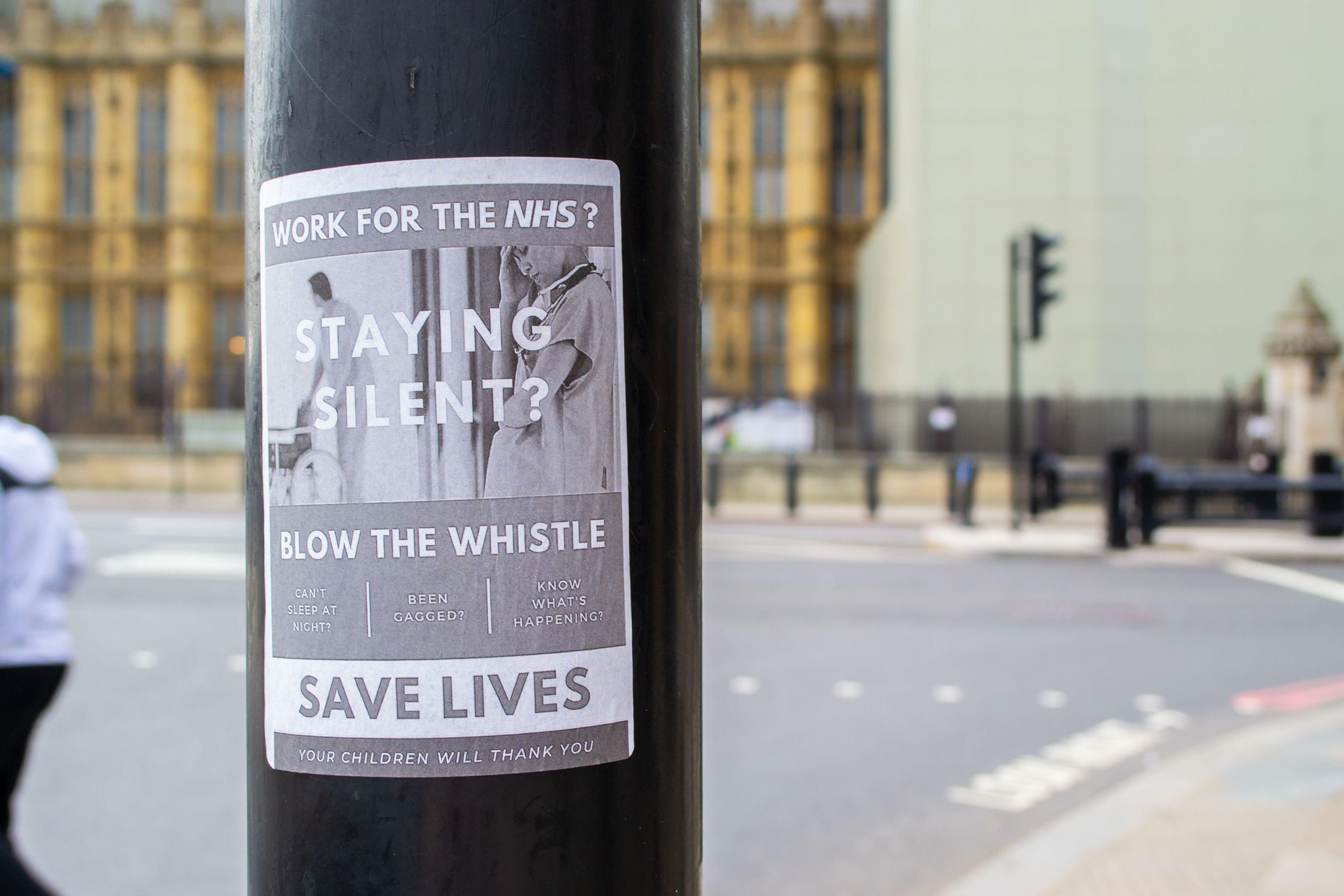 Despite the odd absurd anomaly, such as an attempt to prosecute for a depiction of a woman having sex with a cartoon tiger, the UK government’s “extreme pornography” laws have not have proved to be the threat to free expression says John Ozimek
Despite the odd absurd anomaly, such as an attempt to prosecute for a depiction of a woman having sex with a cartoon tiger, the UK government’s “extreme pornography” laws have not have proved to be the threat to free expression says John Ozimek
Critics of the extreme porn law, which took effect a year ago this week, may be feeling a sense of ironic let-down on its anniversary, as legislation supposedly passed to protect the innocent from extreme sadists appears to have turned, all too rapidly, into the “Safeguarding Vulnerable Animals Act”.
A law variously promoted as a defence against perverts and condemned as a brake on free speech may have turned out to be neither, leaving the question of why the government bothered in the first place. The new law — sections 63 to 67 of the Criminal Justice and Immigration Bill 2008 — makes it an offence for an individual to possess material deemed as “extreme porn”. This is defined as images that depicted “explicit realistic extreme acts” — such as necrophilia, bestiality or acts that were life-threatening or likely to cause serious harm to intimate body parts — pornographic (produced for the purposes of sexual arousal), and “grossly offensive, disgusting or otherwise of an obscene character”.
The big issue, as far as civil libertarians were concerned at the time, was that such a law extended the principle of criminalising possession of material beyond the single area where it already operated — child abuse material — and widened it out into more mainstream areas. Hitherto, government had restricted its censorship activities to clamping down on the distribution or publication of material through legislation such as the Obscene Publications Act or the Video Recordings Act.
Baroness Miller, speaking for the opposition to this proposal in the Lords, expressed concerns both that the wording of the Act was too wide and, following remarks from the minister, that it might give the police powers to go after individuals that they could not prosecute under any other means.
So far this has not happened. Shortly after the Act became law, ACPO advised police forces not to go on fishing trips: they should enforce the law where breaches came to light, but not waste time looking for offenders.
In the last year, prosecutions have been few and far between and almost without exception “add-ons”. Careful monitoring of public sources suggest a total of around 26 prosecutions for possession of extreme porn — and all but two of these prosecutions have been primarily concerned with other offences, ranging from making of indecent images to serious drug crime.
The other major trend observable is that the overwhelming majority of extreme porn charges have been brought in respect of material that depicts human/animal sexual interaction. This is probably inevitable in the light of the ACPO guidance and the careful wording within the Act. Possession of materials that depict bestiality is a prima facie offence: possession of adult material is far more nuanced, and requires convincing a jury that the degree of harm depicted is serious or life-threatening.
Whilst the above may be re-assuring, there were two worrying hints of things to come. Reports from law enforcement sources suggest that the new law is being used to clamp down on individuals involved in selling dodgy dvd’s on the street: specifically, in respect of videos depicting bestiality.
Historically, such an offence would have been dealt with under the Obscene Publications Act (distribution of obscene material) — but it may prove easier for the police to go for the lesser offence of possession. This underlines the point that, contrary to Ministry of Justice re-assurances, there are some subtle differences between what is unlawful in this context and what was unlawful under the OPA.
The second concern relates to a case dismissed by Mold Crown Court earlier this month. A man was charged with two counts of possession of extreme porn: the second charge will be heard in March and remains subject to reporting restrictions.
The first charge was in relation to a clip depicting an animated tiger supposedly having sex with a woman. At the end of the action, the tiger turns to camera and says: “that sure beats doing Frosties commercials for a living”.
The CPS had not been aware of the soundtrack until it was drawn to their attention in court, at which point they withdrew the charge instantly. The story of how and why the soundtrack was withheld from the CPS remains unclear: North Wales Police are unwilling to provide any explanation beyond that the officers involved had acted in good faith and with an honest belief that the clip was extreme porn, with or without the soundtrack.
Nonetheless, allegations made by the defendant, combined with the failure of the police to provide full evidence to the CPS have resurrected fears that this law can be used to “get someone” where there is otherwise no evidence and no cause to go after them.
If this is the pattern that the Extreme Porn Law is now to follow, then it is far less of a threat to speech than was once anticipated. On the other hand, it has introduced a new principle into law, in respect of possession of material — and the government wasted little time in converting that principle into further legislation with its law on possession of cartoon material last autumn.
The jury is out.
From the archive: Extreme Ignorance (Julian Petley, June 2007)
Crimes of Transgression (Julian Petley and Anthony Julius, Index on Censorship magazine 01/09)





